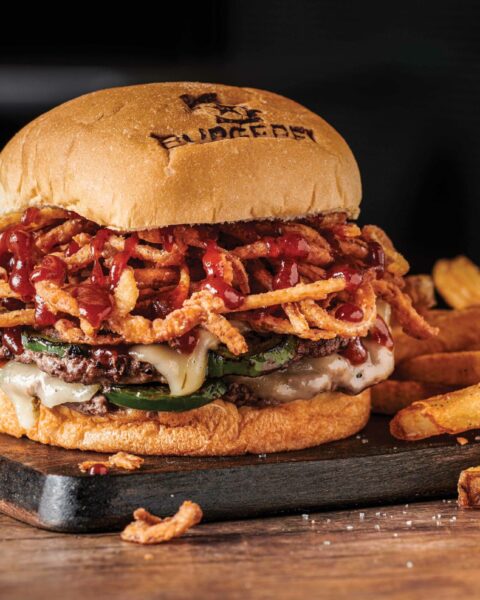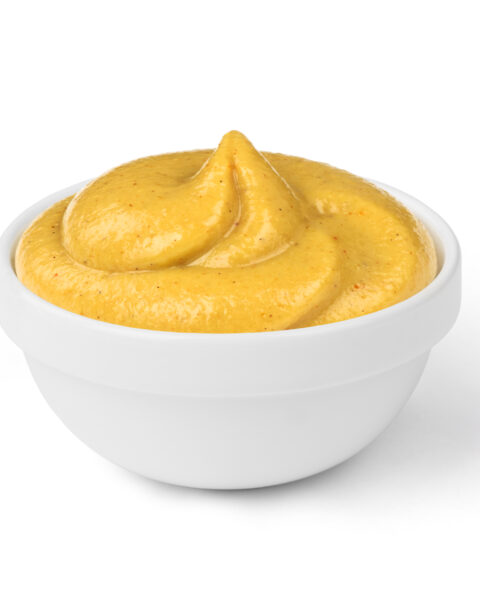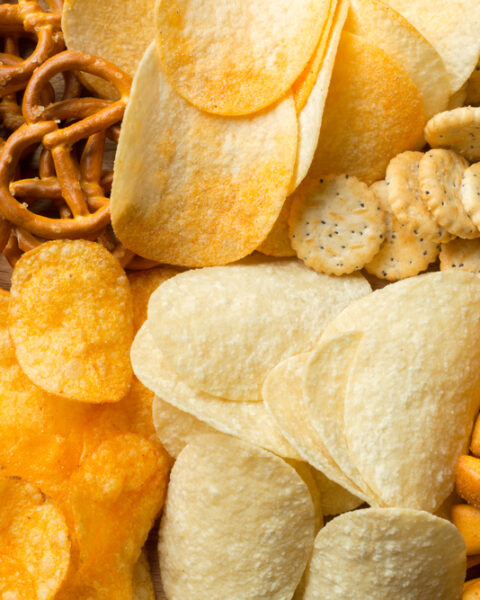When your pantry is tidy and everything has its place, meal prep becomes quicker, grocery shopping is easier, and you’ll waste less food. Taking the time to organize it will create a visually appealing space and can save you stress and time in the long run. To help you get started, here are some practical tips to help you maximize your pantry’s efficiency, so you can enjoy a more functional and streamlined cooking experience.
Contents
- 1 Group Similar Items Together
- 2 Use Clear Containers
- 3 Implement a First-In, First-Out System
- 4 Optimize Shelf Height
- 5 Utilize Door Space
- 6 Label Everything
- 7 Store Bulk Items in Bins
- 8 Keep a Running Inventory
- 9 Use Lazy Susans for Small Items
- 10 Keep Frequently Used Items at Eye Level
- 11 Regularly Clean and Declutter
- 12 Utilize Baskets for Loose Items
- 13 Invest in Pull-Out Drawers
- 14 More From RetailShout
- 15 15 Budget-Friendly November Deals at Sam’s Club to Stock Up Now
- 16 Top 25 Walmart Black Friday Deals to Score Right Now
Group Similar Items Together
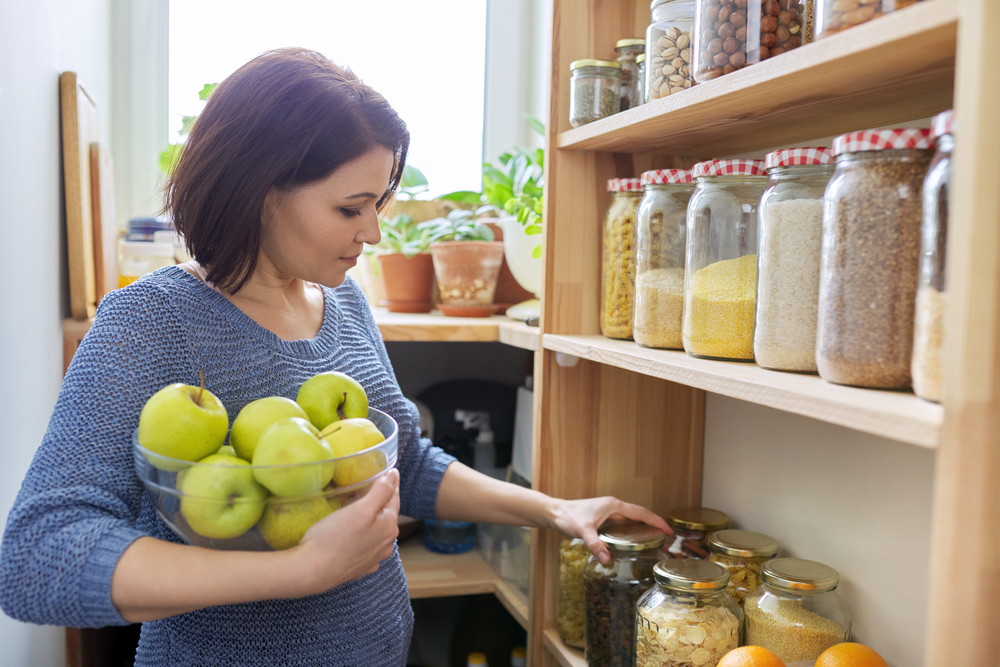
Categorizing your pantry items is the first step to achieving an organized space. Group similar items such as baking ingredients, snacks, canned goods, and spices together. This not only makes it easier to locate items quickly but also helps you keep track of what you have in stock. Consider using clear bins or baskets to keep these groups organized and easily accessible. Labeling the bins adds an extra layer of efficiency by ensuring everything has a designated spot.
Use Clear Containers
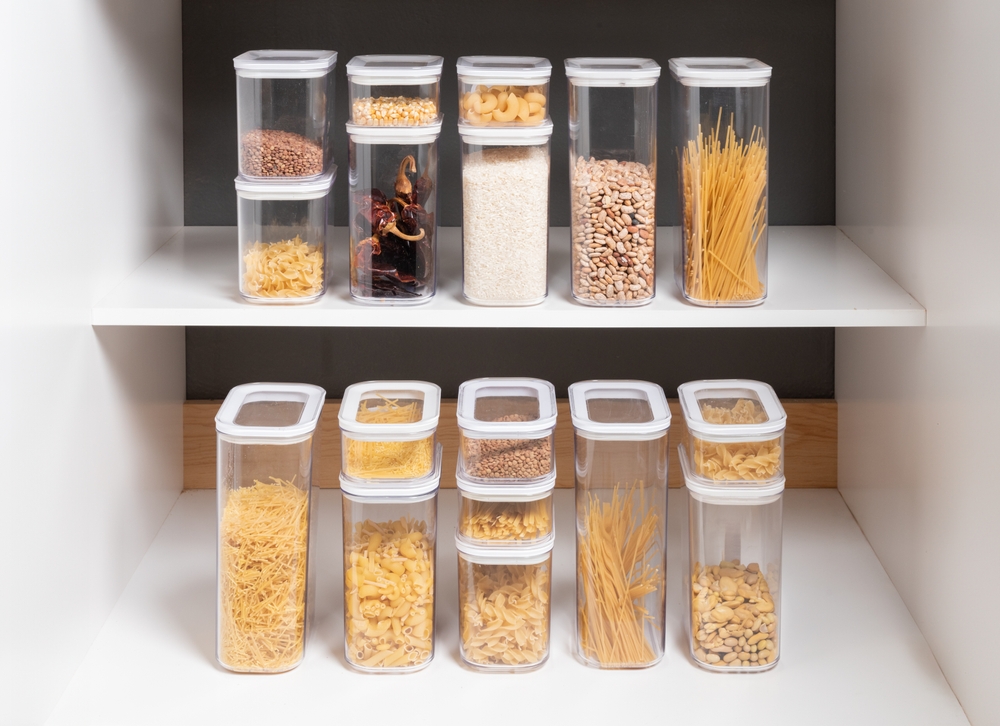
Invest in clear, airtight containers for dry goods like pasta, rice, and cereal. These containers keep your food fresh longer and allow you to see exactly how much you have left at a glance. Opt for stackable containers to maximize vertical space in your pantry, making the most of every inch. Additionally, clear containers reduce the clutter of various packaging and create a uniform, visually pleasing look. Don’t forget to label the containers with the contents and expiration date.
Implement a First-In, First-Out System
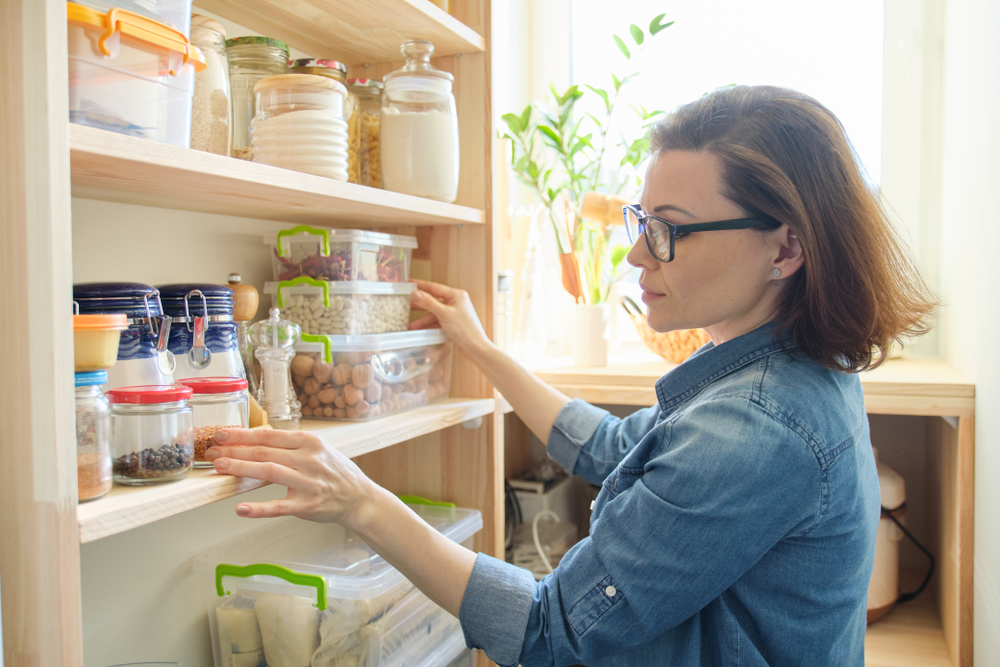
To minimize food waste, arrange your pantry items so that older products are at the front and newer ones are at the back. This system, often referred to as First-In, First-Out (FIFO), ensures that you use up older items before they expire. Regularly rotate items when you bring in new groceries to maintain this system. FIFO is especially important for perishable items and products with shorter shelf lives. Adopting this practice will save you money and reduce the likelihood of finding expired products in your pantry.
Optimize Shelf Height
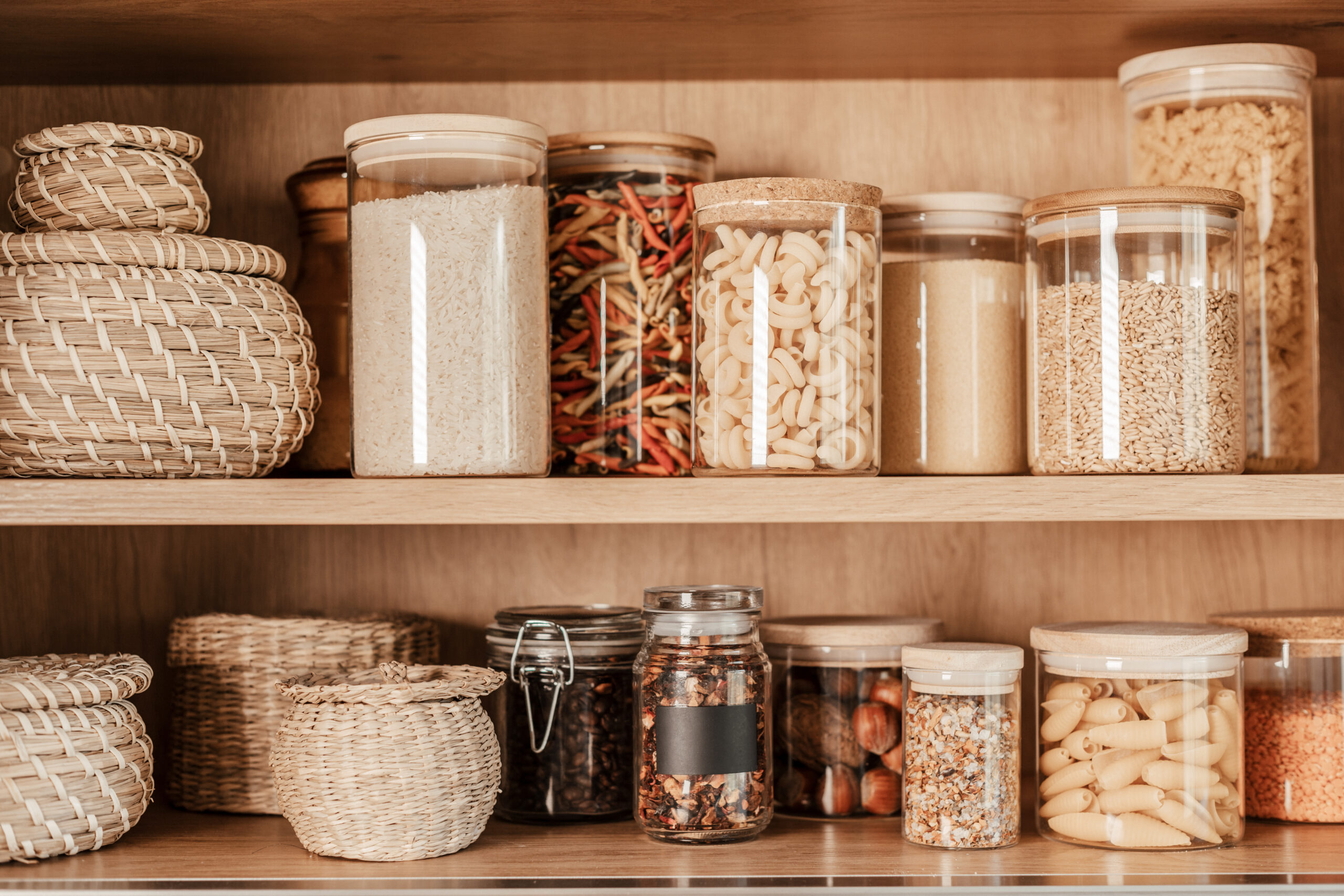
Adjust the height of your pantry shelves to suit the items you store. For instance, shorter shelves are perfect for cans and jars, while taller shelves can accommodate cereal boxes or bulkier items. Utilizing adjustable shelving allows you to create a custom storage solution that maximizes every inch of your pantry. By tailoring the shelf heights to your needs, you can avoid wasted vertical space and create a more functional pantry layout. This approach also makes it easier to see and reach everything on each shelf.
Utilize Door Space
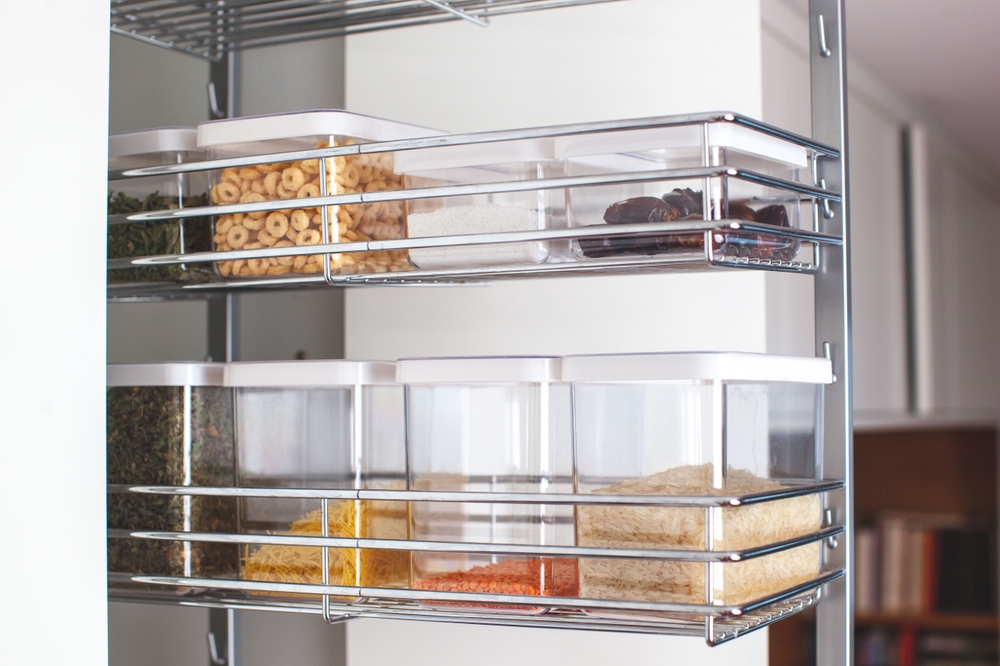
Don’t overlook the potential storage space on the back of your pantry door. Install racks or hanging organizers to hold spices, condiments, or small jars. This keeps frequently used items within easy reach and frees up shelf space for bulkier items. Door organizers are especially useful in smaller pantries where shelf space is limited. Consider using clear pouches or small baskets to store smaller items that might otherwise get lost in the back of a shelf.
Label Everything
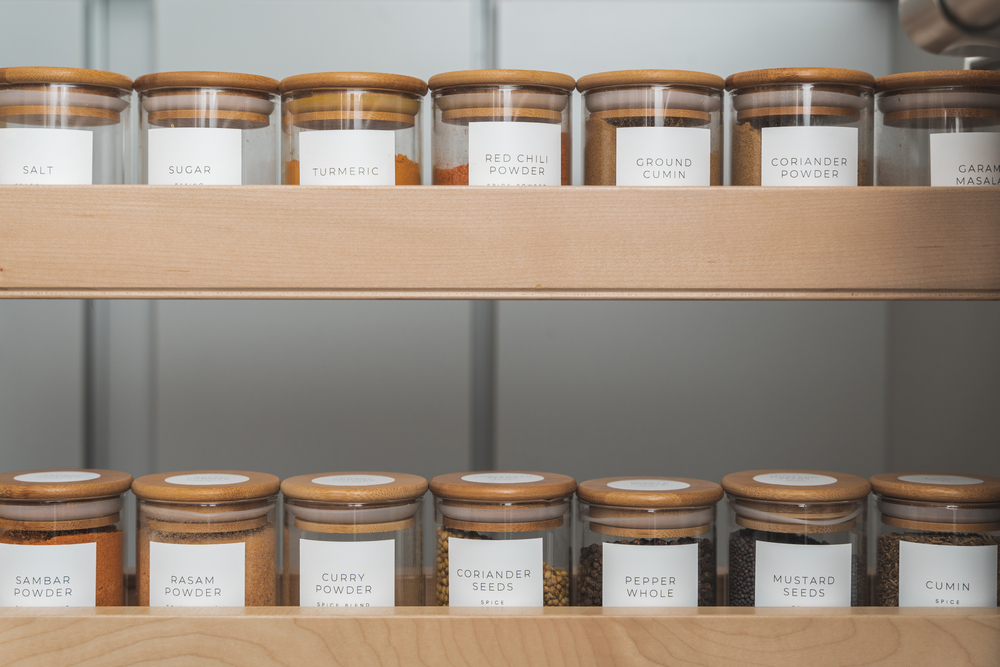
Labeling is essential for maintaining an organized pantry. Use clear, easy-to-read labels on bins, containers, and shelves to identify where each item belongs. This not only helps you quickly find what you’re looking for but also encourages everyone in the household to return items to their proper places. Labels can be as simple as handwritten tags or more sophisticated, like printed labels. Additionally, labeling shelves with categories can serve as a visual guide, making the pantry more intuitive to use.
Store Bulk Items in Bins
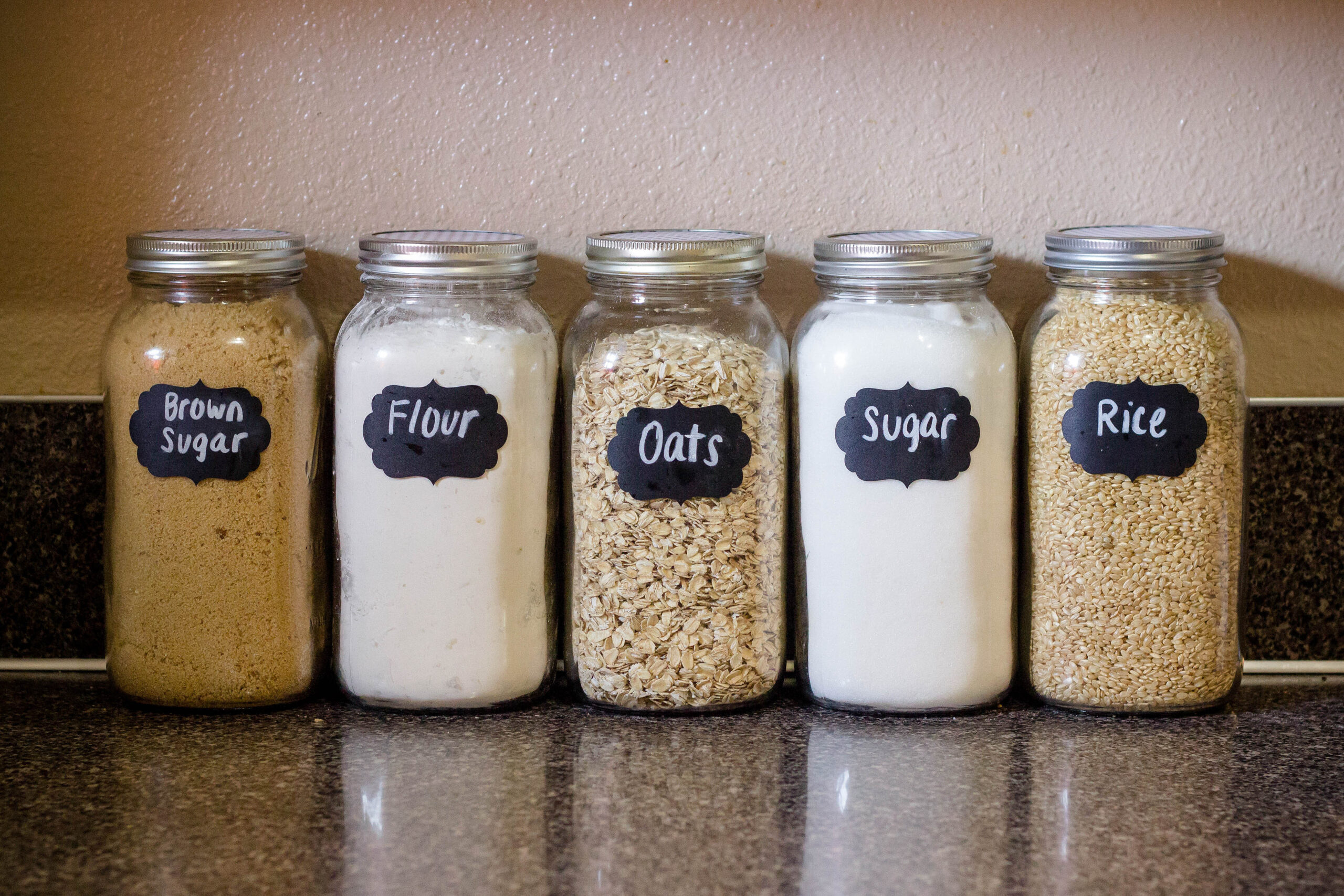
Bulk items like flour, sugar, and rice can take up a lot of space and create clutter if not stored properly. Use large, airtight bins to store these items, and place them on the bottom shelf of your pantry for easy access. Bins with scoops make it simple to measure out what you need without making a mess. Clear bins allow you to see the contents easily, helping you monitor your inventory and avoid running out unexpectedly. Label the bins with both the contents and the date they were filled to keep track of freshness.
Keep a Running Inventory
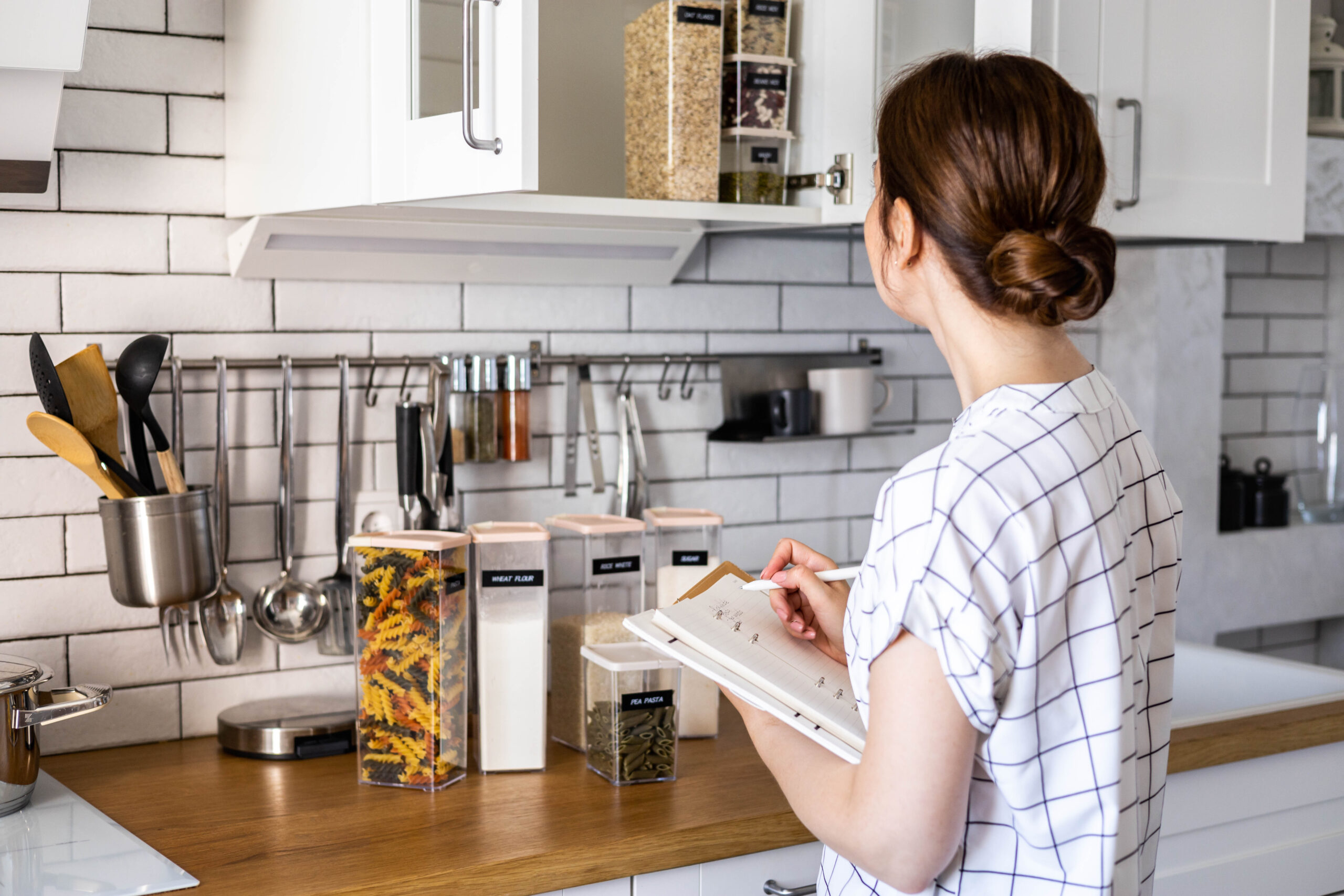
Maintaining a running inventory of your pantry items can prevent overbuying and help you plan meals more efficiently. Use a whiteboard, chalkboard, or digital app to keep track of what you have and what needs to be replenished. Updating your inventory list regularly will also help you spot when something is running low before you run out completely. This practice is especially useful for busy households or when preparing for large gatherings. An accurate inventory can also help reduce food waste by ensuring you use up items before they expire.
Use Lazy Susans for Small Items
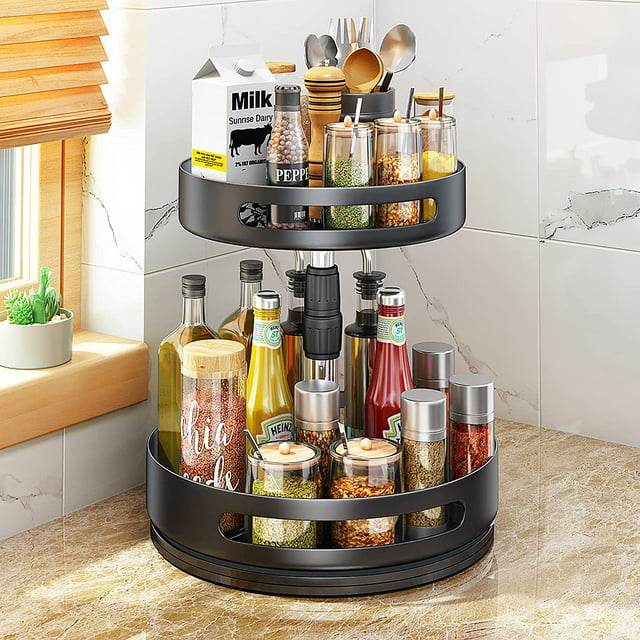
Lazy Susans are a fantastic solution for organizing small items like spices, oils, and condiments. Place a Lazy Susan on a shelf to easily rotate and access items stored in the back. This prevents small jars and bottles from getting lost or overlooked. Lazy Susans are particularly helpful in deep pantries where it can be difficult to see everything stored at the back. They also keep items neatly contained and reduce the likelihood of spills or messes.
Keep Frequently Used Items at Eye Level
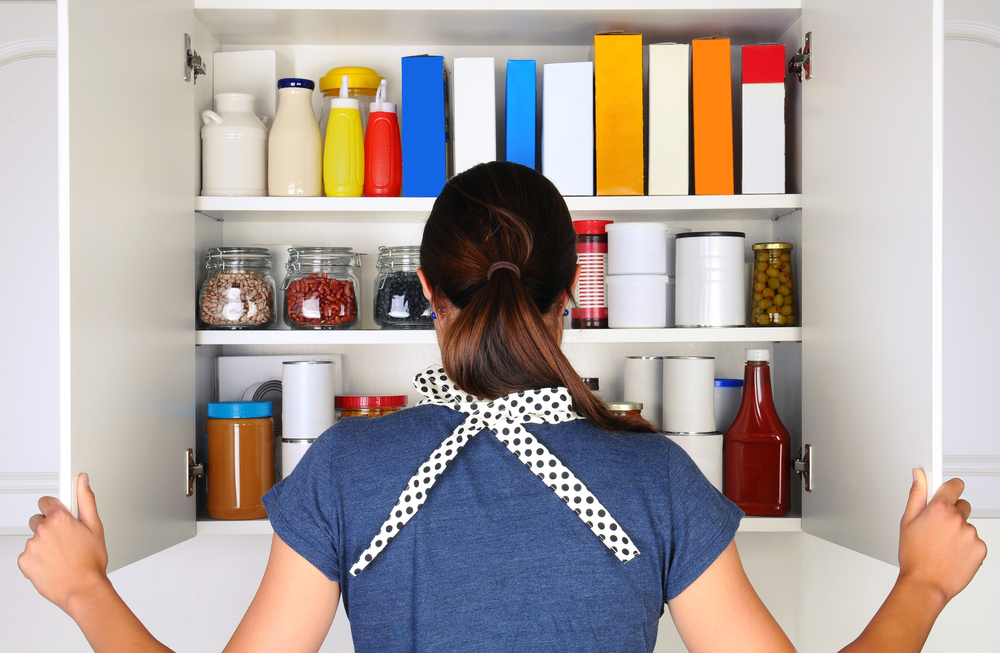
Arrange your pantry so that the items you use most frequently are at eye level, making them easy to grab without having to dig through other items. Reserve higher and lower shelves for items you use less often, like special occasion ingredients or bulk storage. This setup streamlines your cooking process by ensuring that everything you need is within easy reach. Additionally, keeping frequently used items at eye level helps prevent the pantry from becoming disorganized as you won’t have to move things around as much.
Regularly Clean and Declutter

A clean pantry is an organized pantry, so make it a habit to regularly clean and declutter the space. Wipe down shelves, check for expired items, and remove anything that doesn’t belong in the pantry. Regular maintenance prevents clutter from building up and ensures that your pantry remains efficient and functional. It’s also a good opportunity to reassess your storage solutions and make adjustments as needed. A tidy pantry not only looks better but also makes meal prep and grocery shopping more enjoyable.
Utilize Baskets for Loose Items
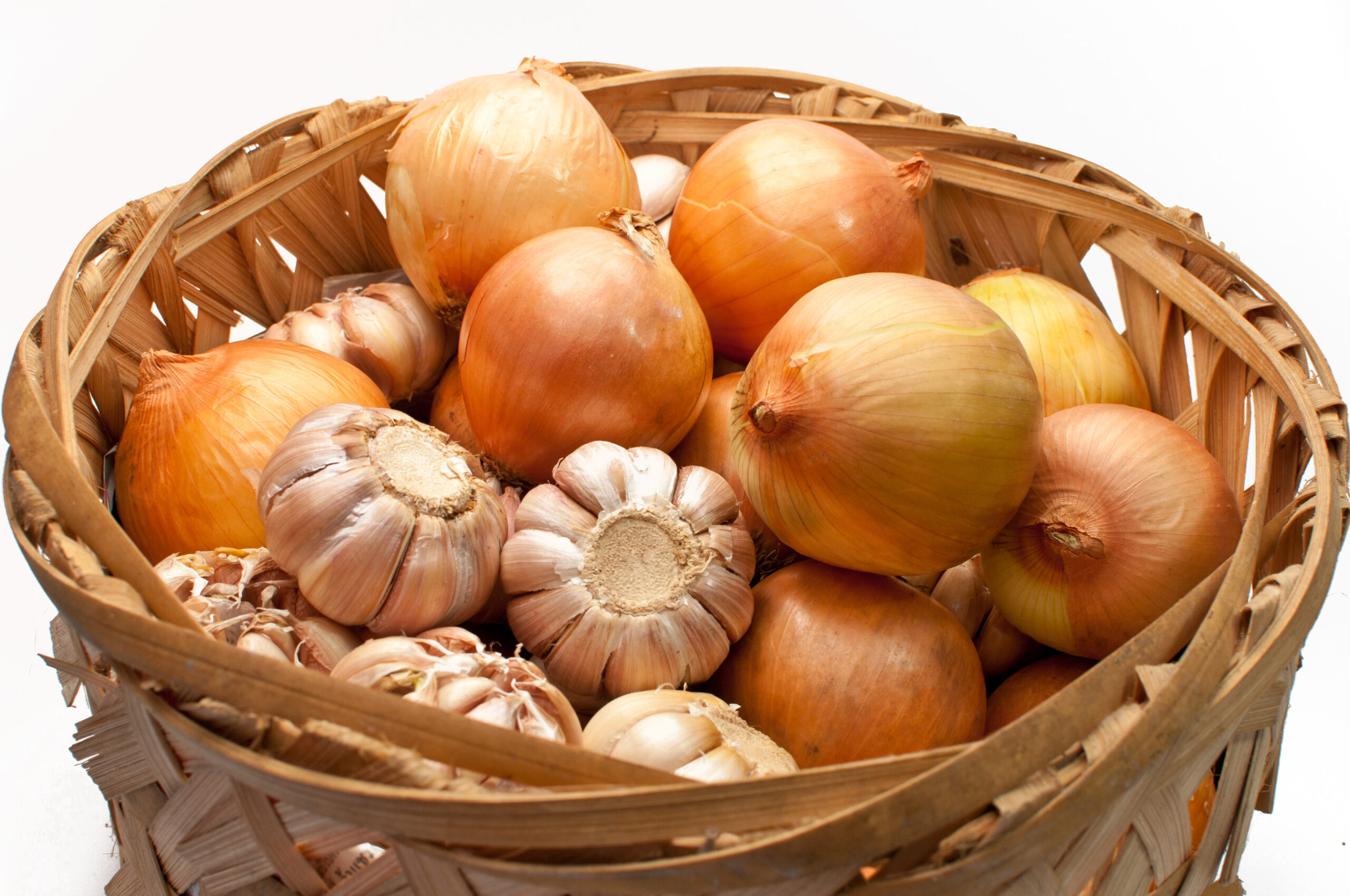
Loose items such as snacks, individually packaged foods, and smaller ingredients can create a chaotic pantry if left unchecked. Use baskets or bins to corral these items and keep them contained. Choose baskets that fit well on your shelves and are easy to pull out when needed. This not only keeps your pantry looking neat but also makes it easier to find and access these items. Labeling the baskets can also help everyone in the household know where to find and return items.
Invest in Pull-Out Drawers
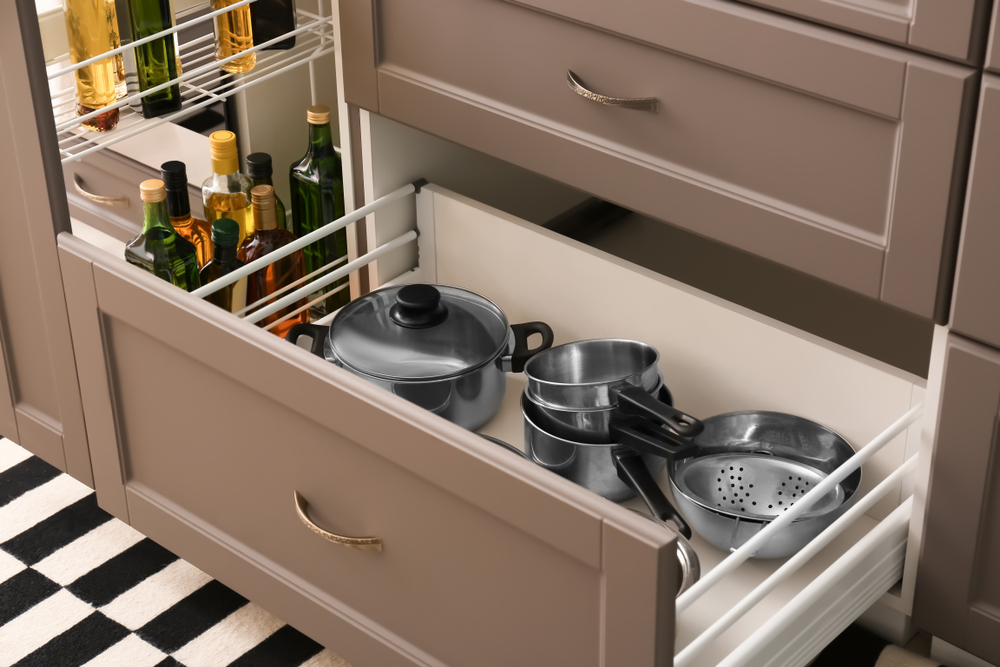
If your pantry has deep shelves or you find it difficult to access items at the back, consider installing pull-out drawers. These drawers make it easy to see and reach everything in your pantry without having to move items around. Pull-out drawers are especially useful for lower shelves, where bending down to see what’s inside can be challenging. This upgrade can transform your pantry into a more user-friendly space and reduce the chances of items getting forgotten or lost.
This article originally appeared on RetailShout.
More From RetailShout
13 Must-Grab November Deals on Member’s Mark Items at Sam’s Club
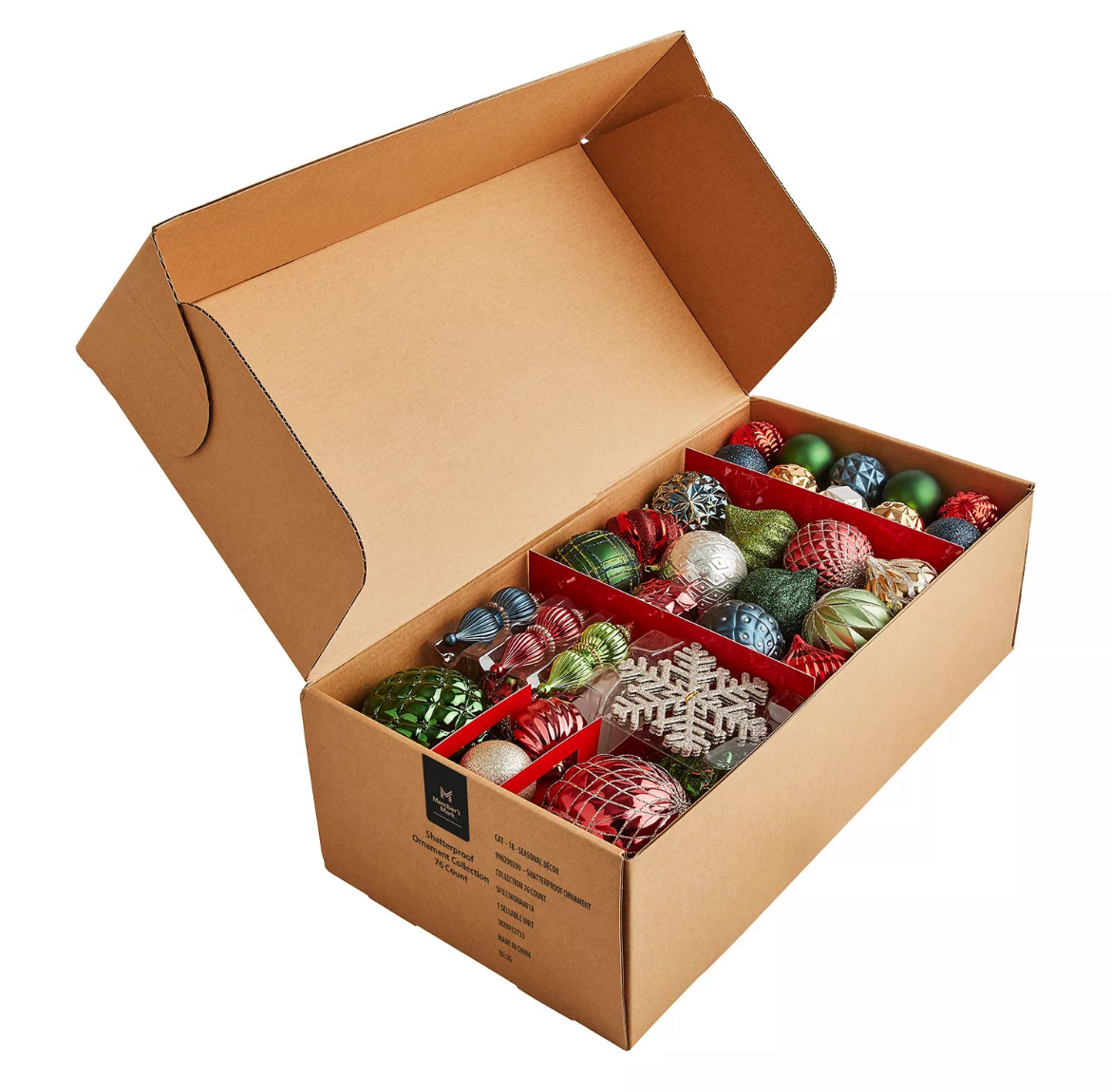
Sam’s Club has unveiled a fantastic lineup of deals on Member’s Mark items this November, offering unbeatable prices on everything from kitchen essentials to stylish apparel. These discounts are put in place to help you get the most value without compromising on quality. Read More.
15 Budget-Friendly November Deals at Sam’s Club to Stock Up Now
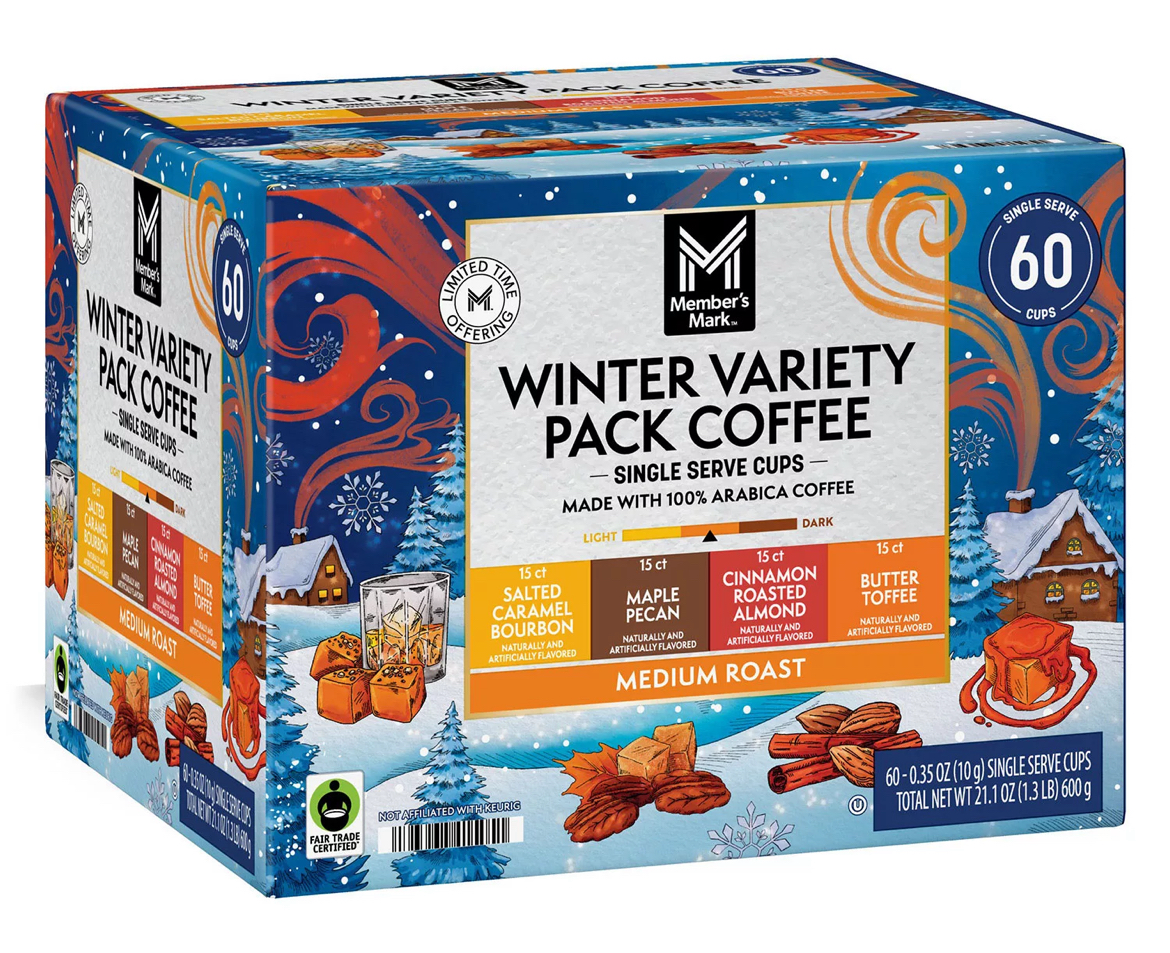
There’s no better time to stock up on pantry staples and seasonal favorites than right now. Sam’s Club is offering incredible deals this November on a variety of must-have items that will help you prepare for festive meals, baking marathons, and cozy nights at home. Read More.
Top 25 Walmart Black Friday Deals to Score Right Now

Black Friday is here, and Walmart is pulling out all the stops with deals that are just too good to pass up. Whether you’re upgrading your home, snagging some new tech, or getting ahead on holiday shopping, these discounts are the real deal. Read More.



